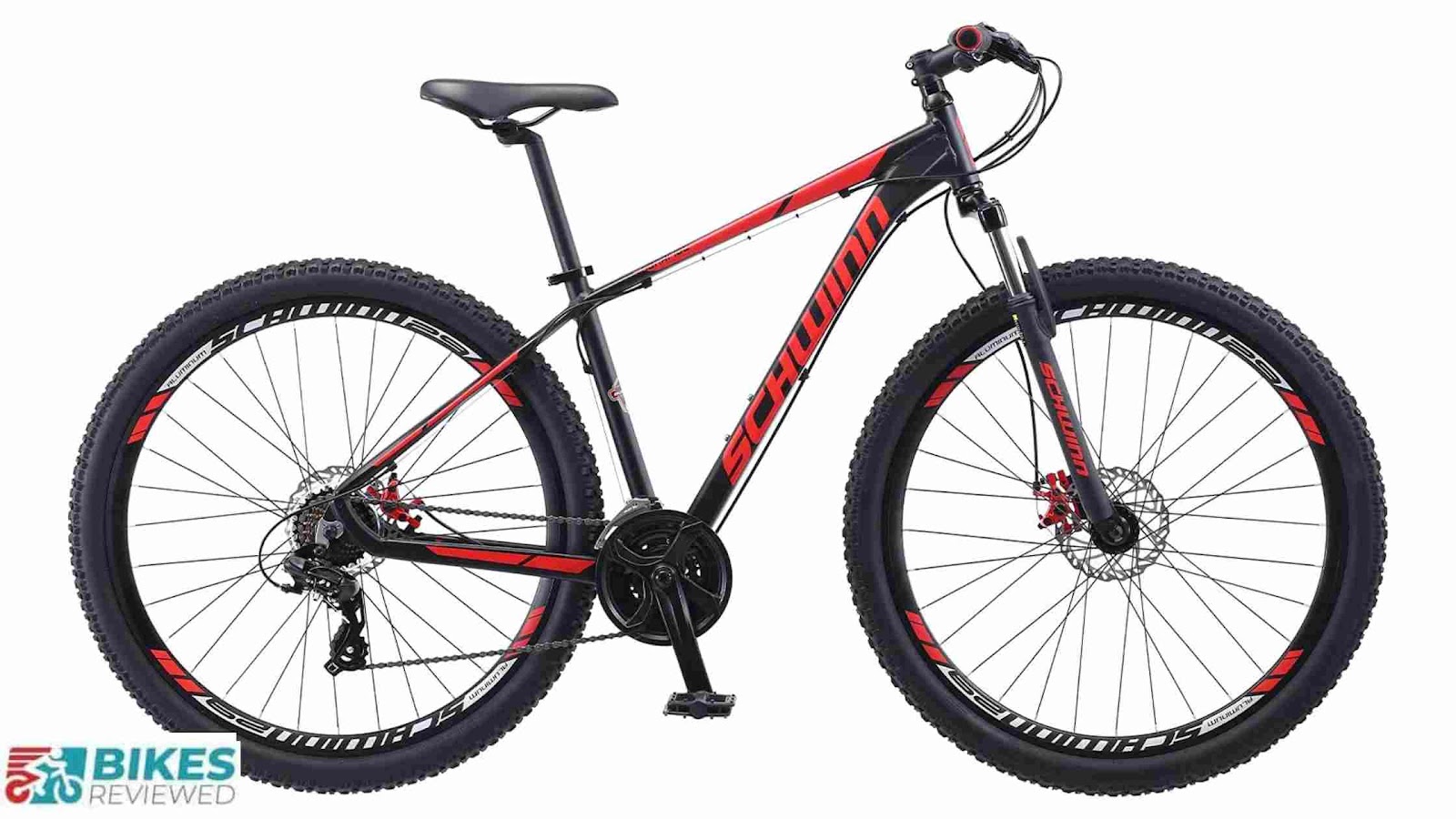How to Purchase your Bike
Introduction
Are you in the market for a new bicycle? The vocabulary can be a little overwhelming at times. The good news is that you don't need to learn bike lingo to figure out which bike is right for your two-wheeled excursions. We break down what to think about while buying a bike.
You can only find the ideal match after you know what you want to do with your new bike. A bike could be used for training, touring, commuting, or day riding around town. To manage rough terrain and the bumps, dirt, roots, and grass that come with it, some people demand more durable bikes.
Steps to purchase your bike
Let's find out the steps you must follow while purchasing a bike
1. Determine your bike type:
The best bike for you will be determined by where you plan to ride and how you plan to ride. To help you narrow down your options, we've put together a list of bike classifications.
2. Consider performance and price:
Bikes in the same category and price range usually have similar components. Higher-performance components and frame materials, such as carbon, will cost more.
3. Make sure your bike fits:
Bikes come in a variety of sizes, so start by measuring your height to determine the appropriate frame size. Learn more about Bike Fitting Fundamentals. After that, cycle stores can help you fine-tune any fit concerns that emerge.
How to figure out your bike type
Begin by determining where you intend to ride: on city streets, bike paths, unpaved roads and trails, or a combination of those locations. A rudimentary bike category chart based on the surface(s) each is built for is shown below:
- Paved roads and bike paths - Road bikes, hybrid bikes and electric bikes
- Pavement (from pristine to potholed) and natural surfaces- Hybrid bikes and electric bikes
- All-road riding (from asphalt to outback) - Gravel and touring bikes
- Dirt roads and trails - Mountain bikes and electric bikes
Of course, almost any bike can handle pavement, and many bikes can be ridden on other surfaces. Reduce your options based on where you plan to ride the majority of your time. You can also have a look at our more in-depth breakdown of bike categories down below.
How do you decide the right size for your bike
You'll always feel uncomfortable and slow to adapt if you get the wrong bike size. It may also result in neck discomfort, back pain, and other stress problems. Other readers have complained about losing their balance, riding at a moderate speed, and falling frequently.
Foot issues and stiffness can be avoided by choosing the right bike size. As a result, before settling on the final bike component, you must consider each component. These elements are as follows:
- Dimensions of the frame
- Saddle
- Position of the pedals
- Height of the handlebar
The first step is to take your body measures, beginning with your inseam. For a comfortable riding position, your legs should be fully stretched with a slight bend in the knees. To make a downhill stroke without injuring your foot or knees, it's crucial to measure the saddle height and pedal.
Working on the seat angle adjustment is the next step. For improved posture and an upright back position, most mountain and hybrid bike riders desire their seats parallel to the ground. Knee cap, shoulder, and neck pain can be avoided by having your seat in the fore/aft position.
Many bikes have adjustable handlebar heights, but fixed-gear bikes require you to find your perfect fit. To be honest, I found fixed-handlebar bikes to be significantly more durable than adjustable-handlebar bikes. However, if more than one person is riding the bike, the latter option would be preferable.
The handlebar and seat should be at the same height. When leaning forward, this establishes a healthy riding position without generating an unnatural back bend. Professional cyclists might use this measurement during racing or adventure tours. The handlebar must, however, be slightly higher than the seat for casual riders. This is dependent on the sort of bicycle you choose.
Conclusion
Nothing compares to the advantages of taking a brief test ride before purchasing a bike. You might need to try a couple more before deciding on a style, but most of the time, only one test ride will suffice. You may get a sense of the bike's comfort, durability, and maneuverability by taking it for a spin. Always choose best bike brands for good performance.
Because there are so many bikes to pick from, making a list of the most important features adds to the value of the process. What if you've never purchased a bicycle before? Learning the fundamentals of any car is an excellent way to prevent making costly mistakes when purchasing one. How can you cycle your way to a good time if you don't know how reliable the suspension or brake system is?



Comments
Post a Comment